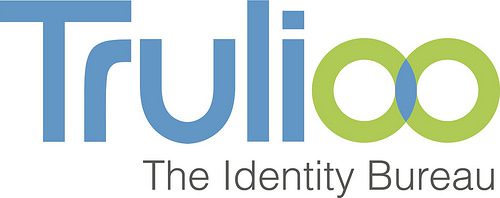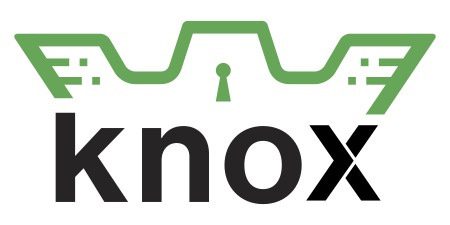This post is part of our live coverage of FinDEVr San Francisco 2014.
CrowdCurity demonstrated its white hat hacker service to promote better, more secure apps.
How to Invite Hacker to Your WebsiteToo many websites are being exploited, and we need to rethink web security. The best way to stay secure and ahead of the bad guys is to invite good white-hat hackers to test your security. We have made it easy to connect businesses to a crowd of security researchers.





































